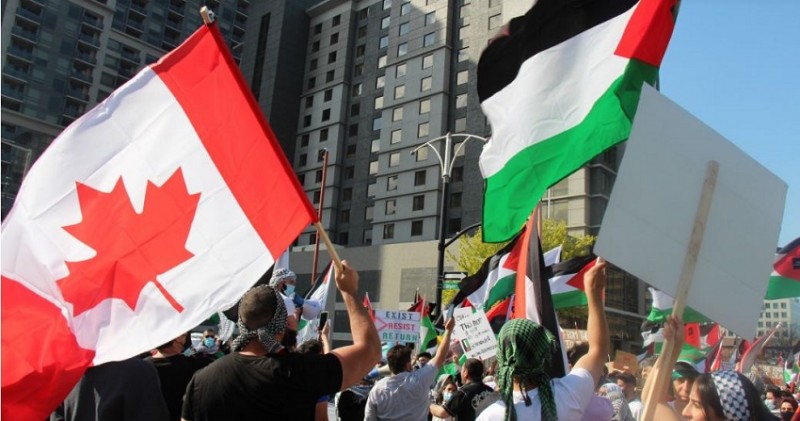
Canadian Prime Minister Justin Trudeau arrived in Washington, DC, for this year's NATO summit, which begins on Tuesday. His office stated that the summit would provide an opportunity for rudeau to reaffirm Canada's dedication to Euro-Atlantic security, especially in response to ongoing Russian aggression.
A recent report from a major American media outlet described Canada as an outlier among the 32-member NATO alliance. Over the years, Ottawa has struggled to meet domestic military spending goals and has fallen short on funding new equipment, with no plans to address these issues, according to "Politico."
Trudeau's Participation in the NATO Summit
During his time in Washington, Trudeau will emphasize Canada's contributions to NATO's collective defense efforts in Europe, particularly through Operation REASSURANCE, Canada's largest active overseas military deployment.
"Politico" noted that Canada, one of the 12 founding members of NATO, committed to spending 2% of its GDP on defense in 2014, following Russia's annexation of Crimea. While progress has been slow, 23 of the 32 NATO members are expected to meet this target this year amid growing concerns about Russia's actions.
At the summit, other NATO members are likely to pressure Canada to increase its defense spending. Concerns have been raised about the potential implications if Donald Trump returns to the White House, which could exacerbate the situation.
Max Bergmann, a former State Department arms control official, commented on Canada's lack of effort compared to other NATO members. "What is happening now that everyone is spending more, the fact that the Canadians are not even trying has become obvious," he said.
Diplomats expressed frustration with Canada's seeming lack of urgency, despite significant issues with its aging military equipment. An internal report revealed that half of Canada's military equipment is "unavailable and unserviceable."
Philippe Lagasse, Barton Chair at Canada's Carleton University, explained the public's reluctance to prioritize defense spending over social programs or tax reductions. "The Canadian public does not really see the need," he said. "If forced to choose between defense spending, social programs, or reducing taxes, defense would always come last. So there is no political gain to meeting the pledge."
Canada’s Recent Defense Spending and Support for Ukraine
Ahead of Trudeau's visit, the Canadian government announced in its 2024 budget an additional USD 8.1 billion over five years and USD 73 billion over 20 years in new defense spending. This builds on previous investments to support the armed forces, enhance defense capabilities, and address global challenges.
Since 2022, Canada has provided more than USD 19 billion in multi-faceted support to Ukraine, including USD 4 billion in military aid and equipment donations, such as Leopard 2A4 main battle tanks and anti-tank weapons. Other assistance includes financial aid, humanitarian assistance, development support, and security and stabilization programs.
During the summit, Trudeau will engage with NATO allies and international partners to strengthen Euro-Atlantic security.
Russia Agree to Release Indian Soldiers After PM Modi's Request to Putin
Controversy Surrounds Canadian Minister's Directive on Afghan Sikh Rescue
These Are the 10 Largest Countries in the World—Where Does India Rank?